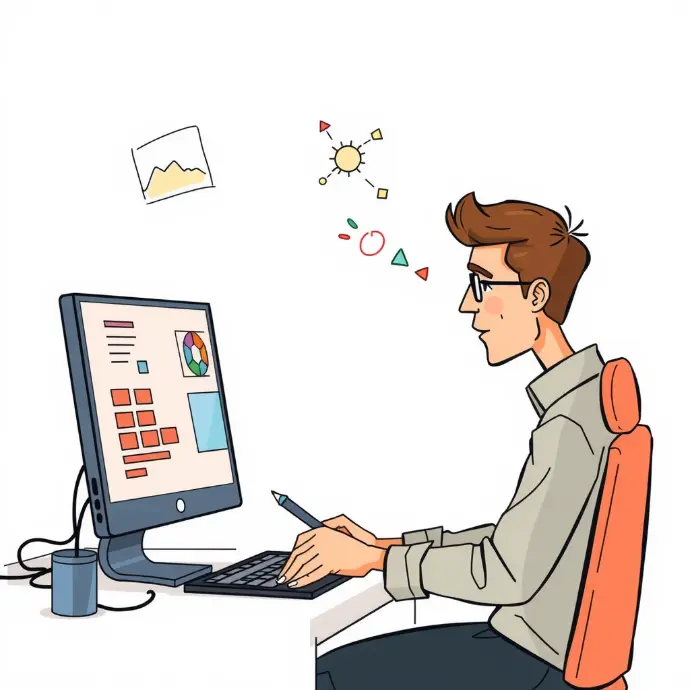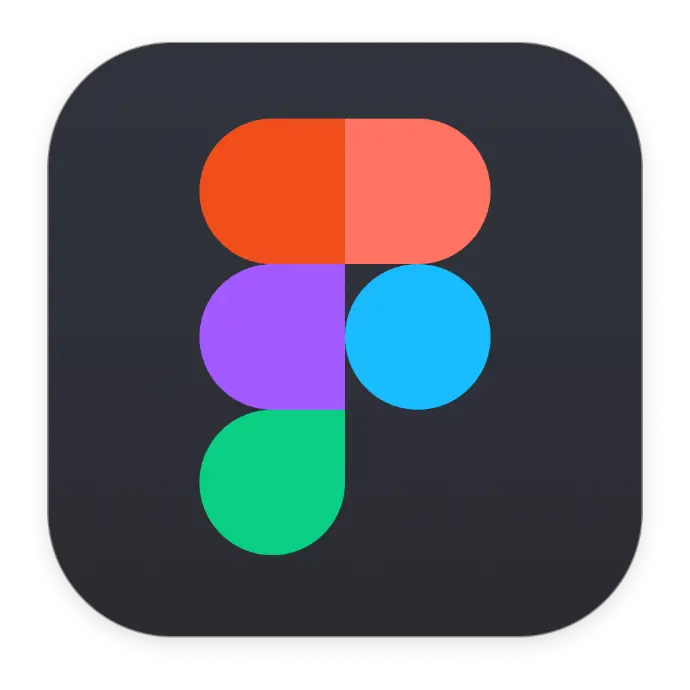Building a clear vision
A clear product vision ensures alignment with user needs and business goals.
Product conception is where the foundation for a successful product is laid. This stage involves defining the "why" behind the product, understanding the needs it aims to address, and ensuring alignment with the overall business strategy. By identifying the problem to be solved and the audience it will serve, teams create a strong purpose that guides every subsequent decision.

A clear product vision helps eliminate guesswork. When everyone on the team understands the objectives, there’s less room for confusion and misalignment. For example, defining the target audience and understanding their challenges enables teams to prioritize features that truly add value. It also ensures that user needs are met with empathy and precision.
Moreover, this vision isn’t static—it’s a north star that evolves as new insights arise. Teams can use prototypes, surveys, and competitive analysis to validate their direction, ensuring that the product concept is both practical and impactful.




